Shopping Style
The Rise and Evolution of Japanese Fashion in the 90s
In the 1990s japanese fashion 90s, Japan experienced a booming economic growth and a cultural revolution, which had a significant impact on the fashion industry. This era was known for its bold and experimental fashion styles that reflected the country’s rapidly changing social and political climate. Japanese fashion designers began to gain global recognition, and their avant-garde designs influenced the fashion world for decades to come. In this article, we will explore the origins, trends, and influence of Japanese fashion in the 90s.
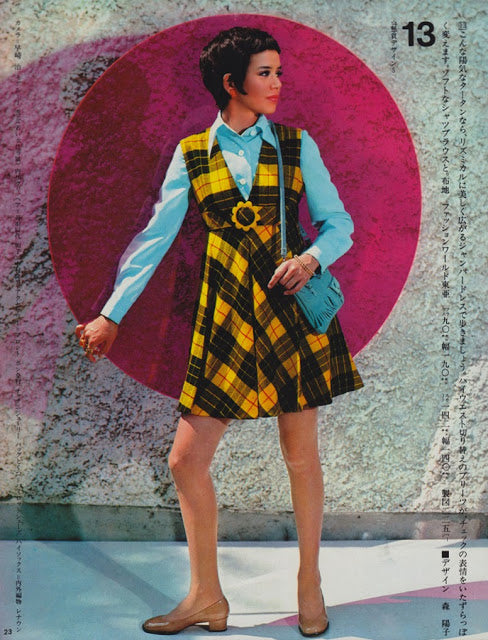
Origins of Japanese Fashion in the 90s
In the 1990s, Japan underwent a remarkable transformation in both its economic and cultural landscapes, leading to a profound impact on the fashion industry. This period was characterized by an unprecedented surge in economic growth, often referred to as the “bubble economy,” which not only bolstered Japan’s financial prowess but also paved the way for a burgeoning cultural revolution. The confluence of these factors set the stage for a fashion renaissance that would captivate the world.
The Japanese fashion scene of the 90s was marked by an explosion of creativity and innovation, reflecting the country’s dynamic social and political milieu. As Japan embraced modernity and global interconnectedness, its fashion designers embarked on a journey of bold experimentation, pushing the boundaries of conventional aesthetics and redefining the very essence of style. This era witnessed the rise of avant-garde fashion that challenged traditional norms, captivating audiences with its daring and unconventional allure.
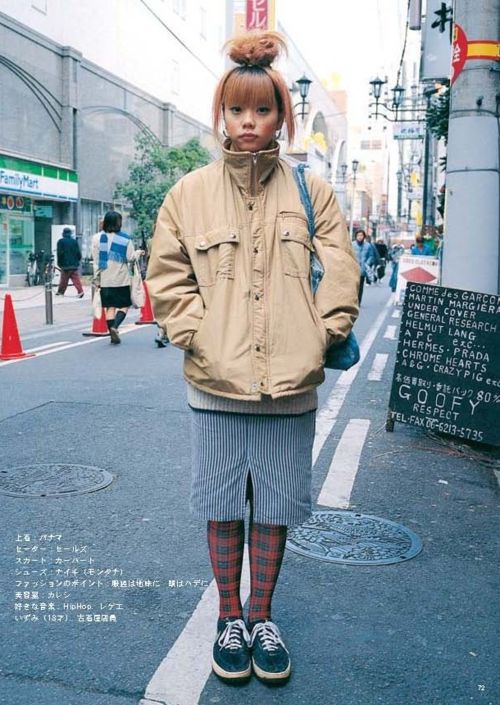
One of the most notable aspects of this transformative period was the emergence of Japanese designers onto the global stage. Visionaries such as Rei Kawakubo of Comme des Garçons, Yohji Yamamoto, and Issey Miyake gained international acclaim for their groundbreaking designs, which defied established conventions and introduced a new paradigm of fashion expression. Their avant-garde creations not only resonated with audiences worldwide but also left an indelible mark on the trajectory of fashion, inspiring generations of designers and shaping the industry for years to come.
The distinctive aesthetic sensibilities that defined Japanese fashion in the 90s encompassed a diverse array of styles, ranging from deconstructed and asymmetrical silhouettes to bold, monochromatic palettes. Designers embraced unconventional materials and techniques, seamlessly blending traditional craftsmanship with futuristic innovation. This fusion of the traditional and the contemporary gave rise to a sartorial landscape that was at once enigmatic, thought-provoking, and visually compelling.
Moreover, the influence of Japanese street fashion, particularly in urban centers like Tokyo, reverberated across the globe, capturing the imagination of fashion enthusiasts and industry insiders alike. The vibrant subcultures that flourished in Japan during this period, such as Harajuku street style and cosplay, served as incubators of creativity, spawning trends that transcended geographical boundaries and permeated mainstream fashion consciousness.
The impact of Japanese fashion in the 90s extended far beyond mere sartorial expression; it encapsulated a spirit of fearless innovation and unbridled creativity that resonated with a generation hungry for authenticity and originality. The legacy of this era continues to reverberate throughout the fashion landscape, serving as a testament to the enduring influence of Japanese design and its ability to transcend temporal and cultural barriers.
In conclusion, the 1990s marked a pivotal moment in the evolution of Japanese fashion, characterized by a convergence of economic prosperity, cultural dynamism, and unparalleled creative ingenuity. The era’s bold and experimental styles, propelled by visionary designers, not only reshaped the fashion narrative of the time but also left an indelible imprint on the global fashion lexicon, cementing Japan’s status as a vanguard of innovation and artistic expression.
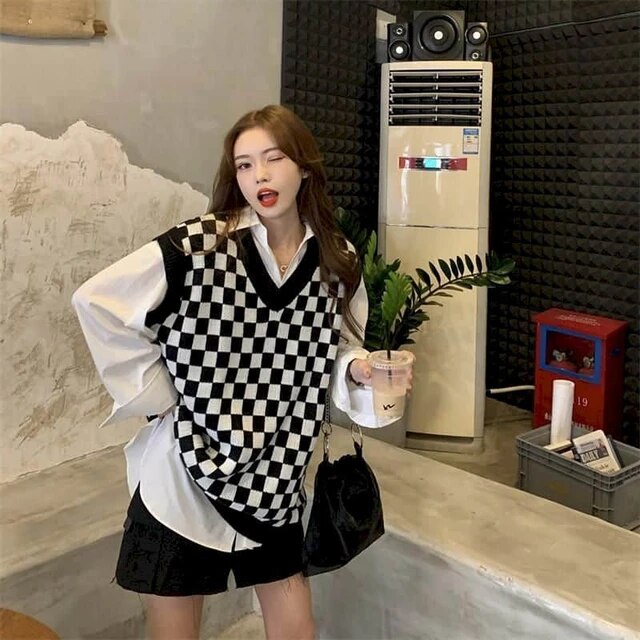
The Influence of Harajuku Street Style
Harajuku, a district in Tokyo, has long been considered the heart of Japanese fashion and is often associated with eccentric and colorful street style. In the 90s, Harajuku became a hub for young people to express their individuality and rebel against traditional societal norms through fashion. The streets were filled with teenagers dressed in eclectic and mismatched outfits, inspired by both Western and traditional Japanese fashion.
The unique and playful fashion sense of Harajuku street style began to catch the attention of international fashion designers and media, leading to the emergence of “Harajuku fashion” as a global trend in the 90s. Brands like Comme des Garçons, Yohji Yamamoto, and Issey Miyake drew inspiration from the creativity and freedom of Harajuku street fashion, further elevating its influence in the fashion world.
The Japanese Bubble Economy
During the 90s, Japan experienced a period of rapid economic growth, known as the “Japanese Bubble Economy.” This economic boom brought about an increase in consumer spending, and luxury fashion brands from Europe and the US started to gain popularity among affluent Japanese consumers. However, this also led to criticism that Japanese fashion was becoming too commercialized and losing its uniqueness.
To combat this, Japanese designers began to incorporate traditional Japanese elements into their designs, such as kimono-inspired silhouettes and textiles. This fusion of traditional and modern elements became a defining characteristic of Japanese fashion in the 90s.
Trends in Japanese Fashion in the 90s
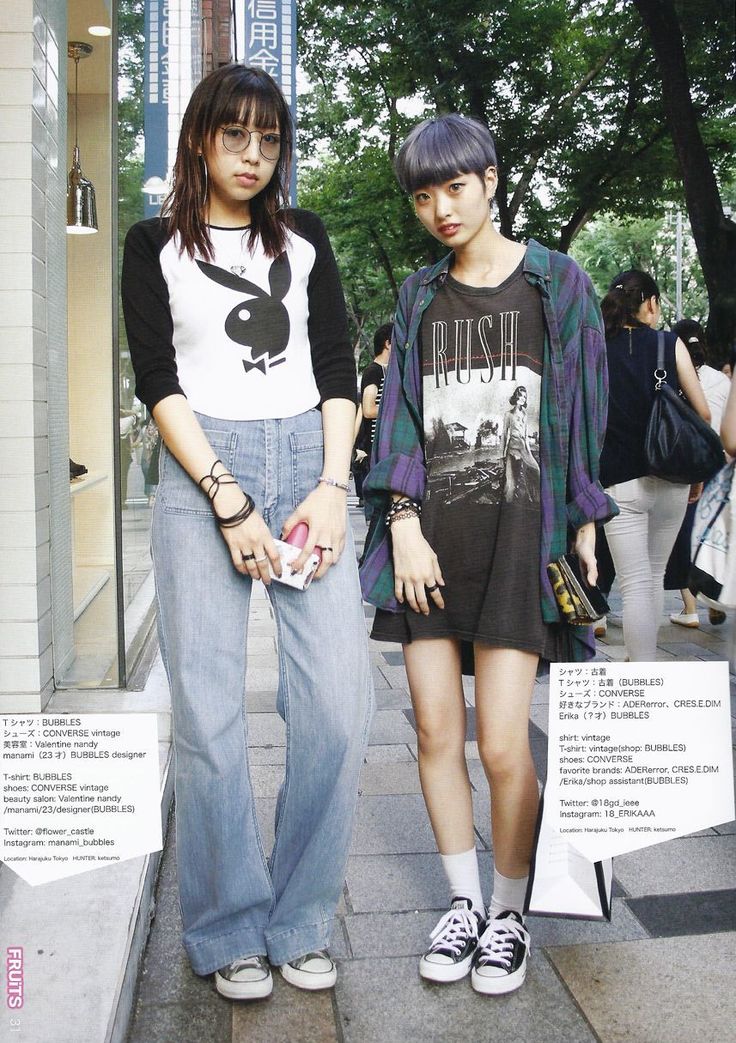
Gender-Blurring Fashion
The 90s saw a rise in gender-neutral fashion, with Japanese designers challenging traditional gender norms through their designs. The popularity of unisex clothing grew, with many designers creating collections that catered to both men and women. Designers like Rei Kawakubo of Comme des Garçons and Yohji Yamamoto created oversized and deconstructed pieces that blurred the lines between masculine and feminine fashion.
This trend also extended to popular street fashion styles in Japan, with young people breaking away from traditional gender expectations and expressing themselves through their fashion choices. It was not uncommon to see men wearing skirts or women sporting baggy and masculine clothing on the streets of Harajuku.
Minimalism and Deconstruction
In contrast to the flashy and bold fashion trends of the 80s, the 90s saw a shift towards minimalism and deconstruction in Japanese fashion. Designers like Yohji Yamamoto and Rei Kawakubo rejected the idea of perfection in their designs and instead embraced asymmetry, raw edges, and unfinished looks.
This minimalist and raw aesthetic challenged the conventional ideas of beauty and elegance in fashion and paved the way for avant-garde and conceptual fashion to become mainstream.
Streetwear and Logomania
While high-end luxury fashion was still prevalent in Japan in the 90s, streetwear and logomania also became popular among the younger generation. Brands like A Bathing Ape, founded by Nigo, and Undercover, led by Jun Takahashi, gained cult followings for their edgy and graphic streetwear designs.
Logomania, the trend of prominently displaying designer logos on clothing and accessories, also became popular in Japan during this time. The iconic LV monogram of Louis Vuitton was especially coveted, with many Japanese consumers willing to pay top dollar for the brand’s products.
Influence of Japanese Fashion in the 90s
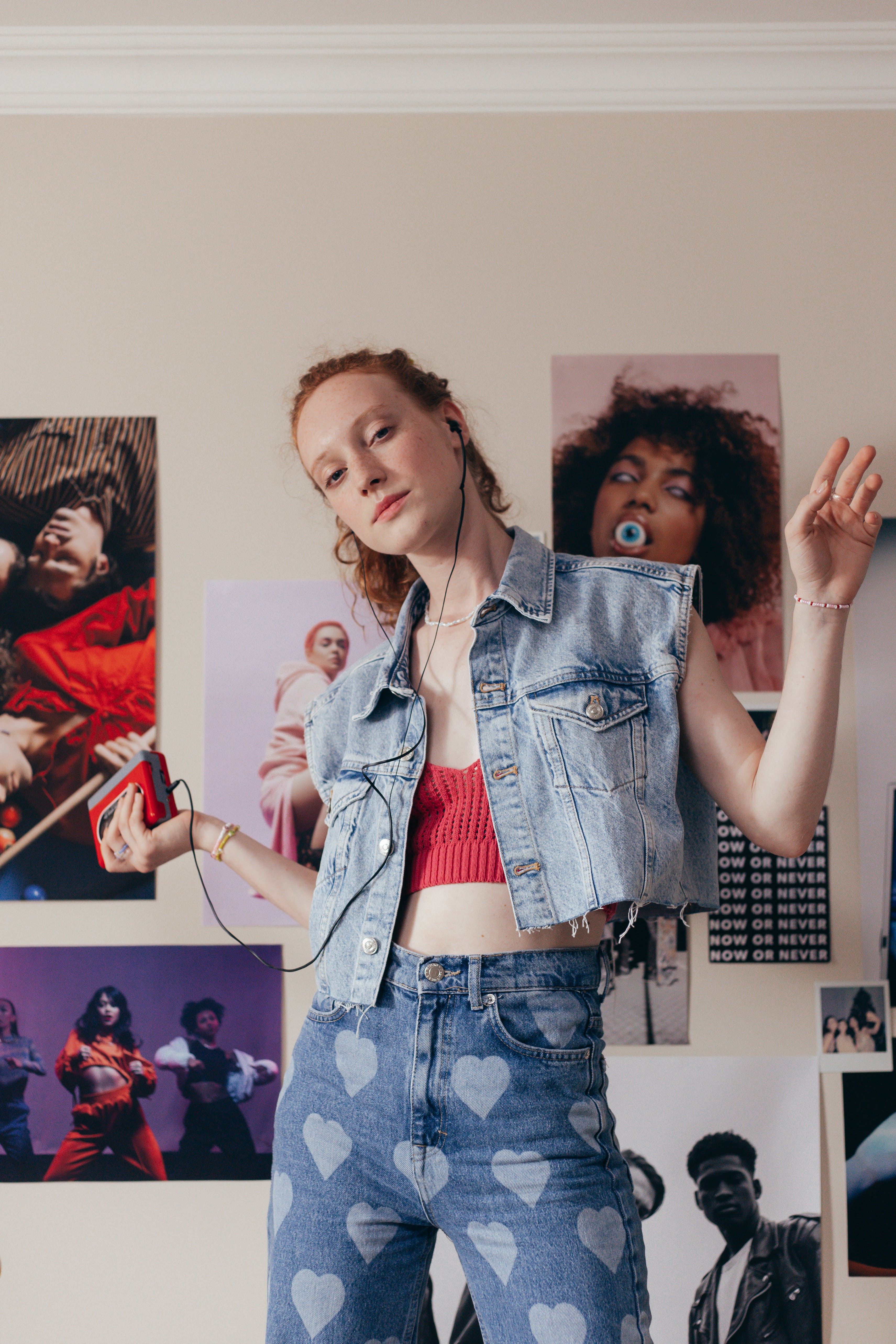
The influence of Japanese fashion in the 90s can still be seen in today’s fashion landscape. The minimalism and deconstruction trend has become a staple in high fashion collections, with designers around the world drawing inspiration from Japanese designers like Yohji Yamamoto and Rei Kawakubo.
Streetwear and logomania, which started as subcultures in Japan, have now become a dominant force in the fashion industry globally. Brands like A Bathing Ape and Undercover continue to thrive and have collaborated with major luxury brands like Chanel and Nike.
Moreover, the gender-neutral approach to fashion that emerged in the 90s has become more mainstream in recent years, with many designers and fashion brands challenging gender norms and promoting inclusivity.
FAQs about Japanese Fashion in the 90s
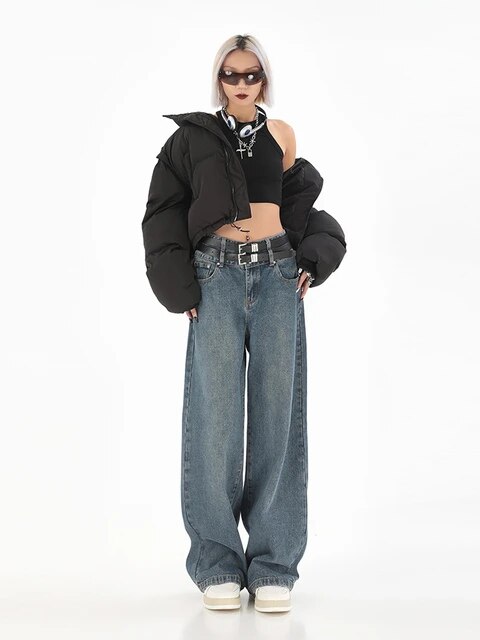
What were some popular streetwear styles in Japan during the 90s?
Two of the most popular streetwear styles in Japan during the 90s were Gyaru, a style characterized by dark tans, bleached hair, and flashy and revealing clothing, and Kogal, which featured short skirts, loose socks, and dyed hair.
Which Japanese designers gained international recognition in the 90s?
Rei Kawakubo of Comme des Garçons, Yohji Yamamoto, Issey Miyake, and Junya Watanabe were some of the Japanese designers who achieved global success in the 90s.
How did the economic boom affect Japanese fashion in the 90s?
The economic boom led to an increase in consumer spending, leading to the popularity of luxury fashion brands from Europe and the US. However, it also sparked a movement for Japanese designers to incorporate traditional elements into their designs, leading to a fusion of Western and Japanese fashion.
What was the inspiration behind Japanese fashion in the 90s?
Japanese fashion in the 90s was heavily influenced by Harajuku street style, which was known for its eccentric and bold fashion choices. It also drew inspiration from traditional Japanese elements, minimalism, and deconstruction.
How has the influence of Japanese fashion in the 90s evolved over time?
The influence of Japanese fashion in the 90s can still be seen in modern fashion trends, such as gender-neutral fashion, minimalism, and logomania. Japanese designers continue to inspire and influence the fashion world, with their avant-garde and experimental approach to design.
Conclusion
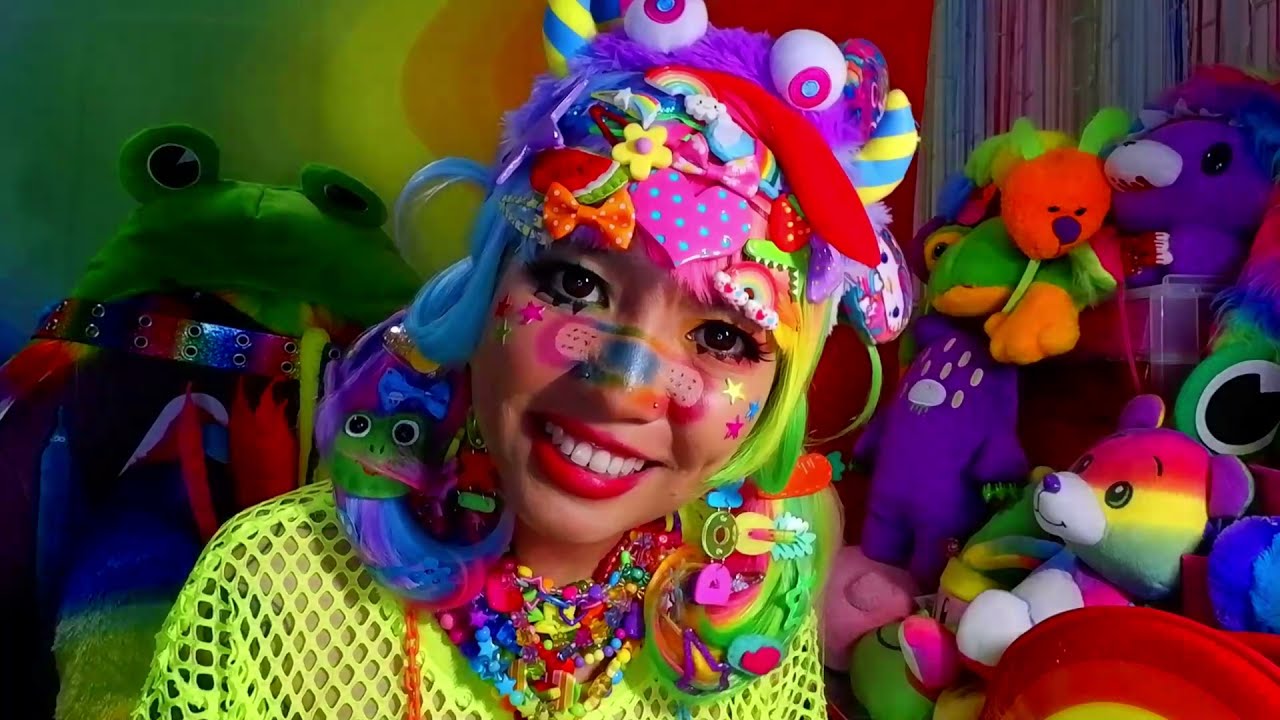
The 1990s was a transformative decade for Japanese fashion, with a perfect blend of traditional elements and modern sensibilities. From Harajuku street style to high-end luxury fashion, Japanese designers pushed boundaries and challenged conventional ideas of beauty and elegance. Their avant-garde designs continue to shape and influence the global fashion industry, making the 90s a significant era in the evolution of Japanese fashion.
